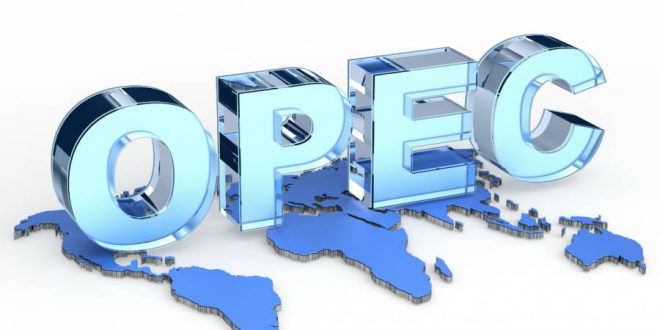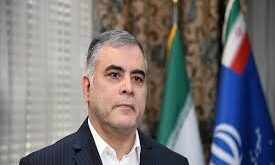For more than a decade OPEC has stated that an element of its policy is to stabilize volatility in global crude prices through buffer capacity in the case of disruptions. Authors Axel Pierru. James Smith (SMU). and Tamim Zamrik recently published a study for The King Abdullah Petroleum Studies and Research Center (KAPSARC). based in Riyadh. Saudi Arabia. analyzing the size and impact of this capacity on oil prices.
The authors looked at how effective OPEC has been in estimating the size of oil market shocks. as well as “execution errors and constraints when implementing production decisions.“ Focusing on data from September 2001 to October 2014. they found that “OPEC has the ability (at least in theory) to stabilize the price of oil.“ and that Saudi Arabia on its own. or the OPEC subgroup of its Four GCC members. have the same ability. A look at data from periods when OPEC has drawn upon its spare capacity reaches the same conclusion. according to the study. published in The Energy Journal.
“Under plausible assumptions regarding the elasticity of demand. OPEC’s stabilizing influence appears to have been very substantial. perhaps reducing oil price volatility by as much as half.“ according to the authors. Overall. the study found that “the estimated size of OPEC’s buffer has been in line with global macroeconomic needs.“
The authors addressed the fact that the study is based on date only up to October 2014. “We do not overlook the strategic change within OPEC in late 2014 to rebalance the market. but that episode followed the end of our sample period. In any event. OPEC appears to have resumed its role in helping to stabilize the market. albeit at a lower price.“
Adam Sieminski. KAPSARC president. in mid-July issued a commentary on the results. noting that rising oil prices and heightened geopolitical uncertainty had “put OPEC’s spare production capacity back into the spotlight.“ and that the KAPSARC study found that this capacity “generates between $170 billion and $200 billion of annual economic benefits for the global economy.“
According to IEA data. Saudi Arabia has held an average of 70% of OPEC’s total spare capacity since 2001. Sieminski noted. “The analysis confirms that OPEC’s buffer. estimated at 2.64 MMbbl d (1.94 MMbbl d for Saudi Arabia) has been in line with global macroeconomic needs.“
Sieminski addressed the impact that U.S. shale oil has had on the market now that it stands as the world’s marginal producer. noting that it has made non-OPEC supply much more reactive to price. “By contributing to market stability. shale oil is capturing a share of the historical value of spare capacity for the world economy and reducing the incentive for OPEC members to invest in maintaining the cushion.“
But. he said. shale oil can be hamstrung by logistical factors. such as the current constraints in the Permian Basin. and it can’t rapidly offset unanticipated shocks of large magnitude. “As such it does not provide sufficient protection for the world economy. and OPEC spare capacity still provides value in stabilizing oil markets.“ he concluded.
 Iran Energy News Oil, Gas, Petrochemical and Energy Field Specialized Channel
Iran Energy News Oil, Gas, Petrochemical and Energy Field Specialized Channel




